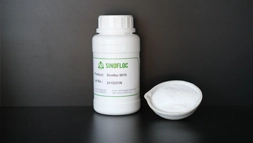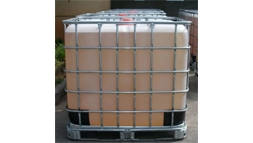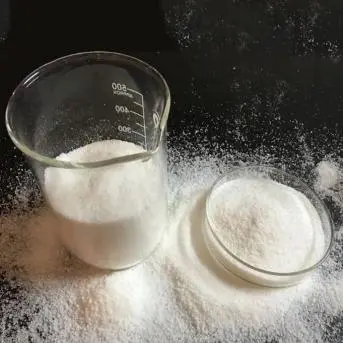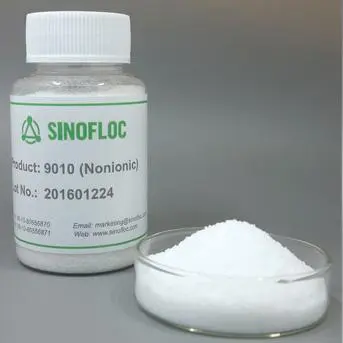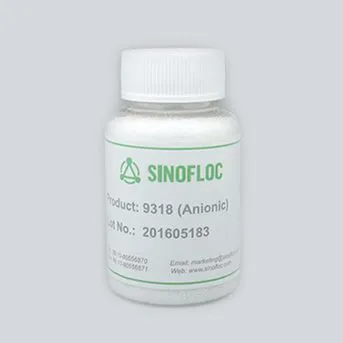1. Filtration: it is used to separate solids and liquids, such as filtered muddy water.
2. Liquid separation: it is used to separate mutually incompatible liquids such as oil and water.
3. Extraction: It is generally used together with liquid separation, mainly used to separate the solute in the solution, such as CCl4 extraction of Br2 in water.
4. Crystallization: It is divided into evaporation crystallization and cooling crystallization. Evaporation crystallization is generally used for the unsaturated mixed solution, and the solute in which the solubility changes little with temperature is precipitated, such as sodium chloride in seawater. Cooling crystallization is generally used to saturate the mixed solution, and the solute in which the solubility changes greatly with temperature is precipitated, such as potassium chloride precipitated in a mixed solution of sodium chloride and potassium chloride.
5. Distillation: It is used to separate liquids that are mutually soluble but have different boiling points, such as petroleum fractionation, separation of alcohol and water.
6. Salting out: It is mainly used to separate organic substances dissolved in water, such as the manufacture of soap.
7. Cooling crystallization: cooling the hot saturated solution to precipitate the solute with large change in solubility
8. Salting out: The addition of inorganic salts causes the precipitation of certain organic substances to decrease, which is often used for proteins.
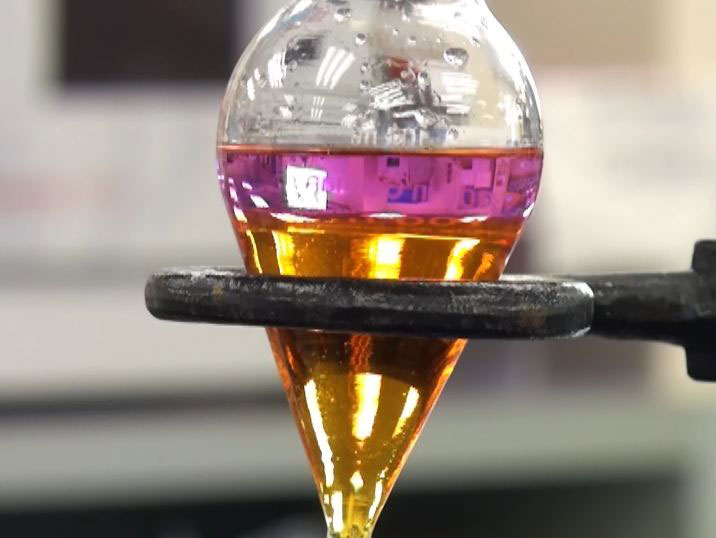
The above is the general method of separating mixtures!
 English
English Español
Español русский
русский português
português
